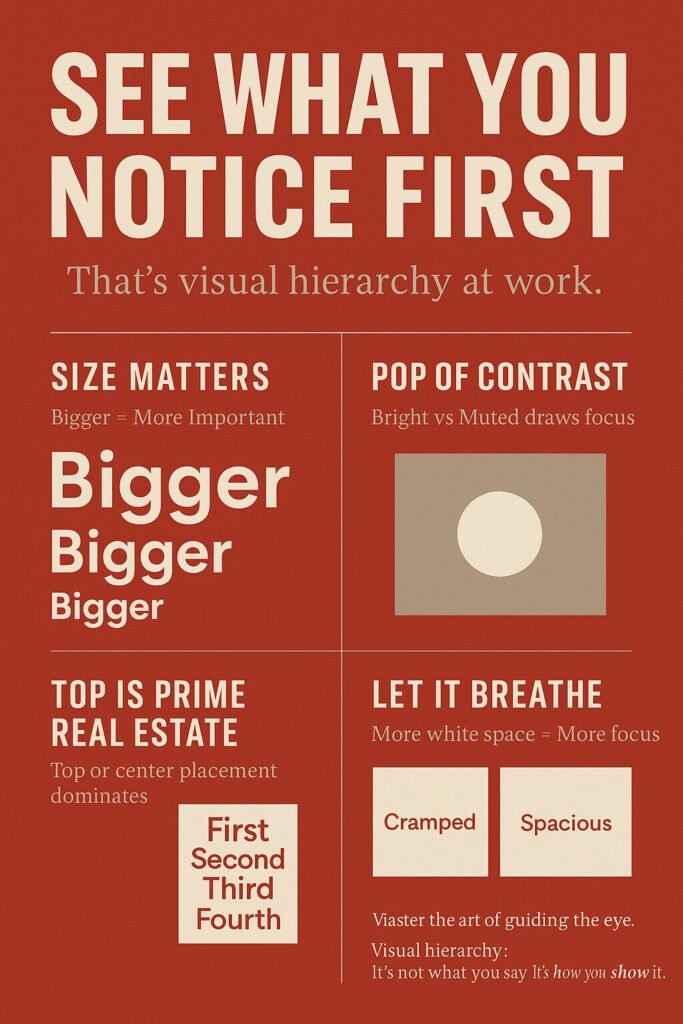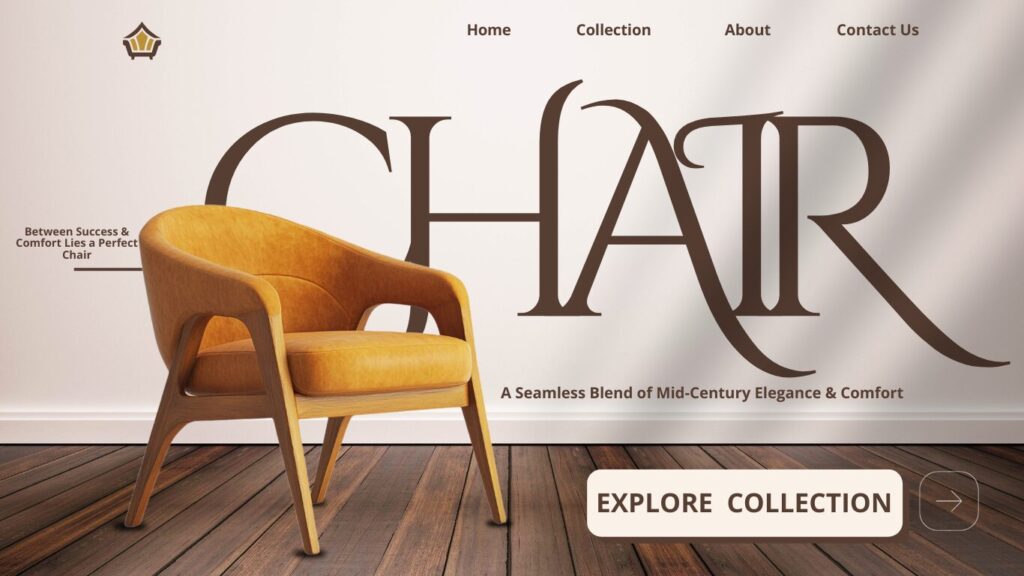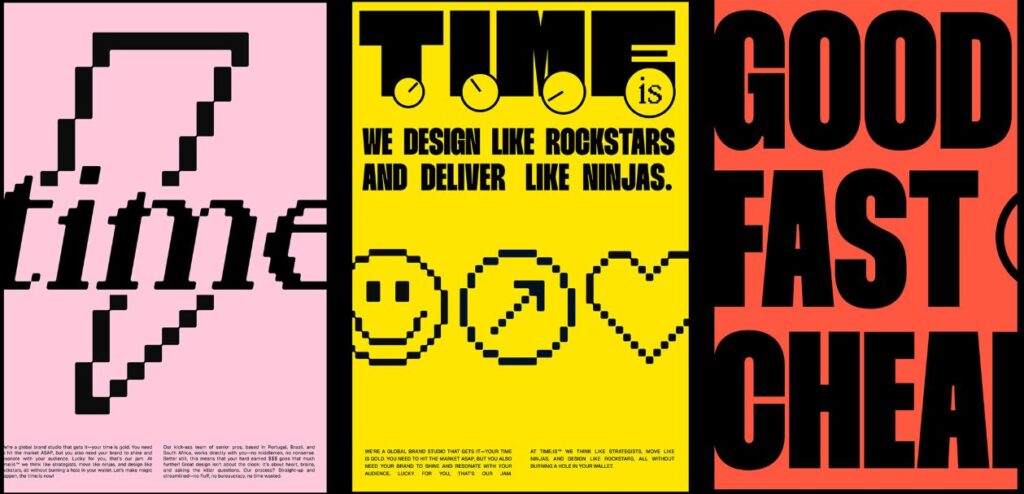In the digital landscape, capturing and retaining user attention is paramount. Visual hierarchy is the design principle that guides users through your content, ensuring they see what matters most first. At Paripixel, we harness the power of visual hierarchy to create intuitive and engaging web experiences.

What is Visual Hierarchy?
Visual hierarchy involves arranging design elements to signify their importance, directing the viewer’s eye through the content in a deliberate order. By manipulating aspects like size, color, contrast, and spacing, designers can highlight key information and guide user interactions effectively.clcreative.co+2Visme+2Webflow+2Webflow
Why Visual Hierarchy Matters?

- Captures Attention: Strategic placement and styling of elements draw users in.
- Enhances Readability: Organized content is easier to digest, improving user experience.
- Drives Conversions: Clear pathways lead users to calls-to-action, boosting engagement.
- Establishes Brand Credibility: Consistent and thoughtful design reflects professionalism.
This layout proves that with the right hierarchy, even minimal design can be bold and persuasive.
Key Principles of Visual Hierarchy
- Size and Scale: Larger elements grab attention; use them to highlight primary messages.Mailchimp+3logicdesign.co.uk+3Visme+3
- Color and Contrast: Bold colors and contrasts can emphasize important features or actions.clcreative.co
- Typography: Varying font sizes and weights can delineate headings from body text, guiding readers through the content.Mailchimp
- Spacing and Alignment: Proper use of white space and alignment creates a clean, organized look.
- Proximity and Grouping: Related items placed close together help users make connections between elements.

Visual Hierarchy Points:
- Big Bold Headline grabs attention first
- Smaller Subtext guides the eye downward
- High-contrast Buttons draw click focus
- Logo Row adds credibility at the end
- Centered Layout creates balance and flow
- Bright on Dark makes text pop
- Whitespace helps each element breathe
Implementing Visual Hierarchy with Paripixel
At Paripixel, we integrate visual hierarchy principles to craft websites that not only look stunning but also perform effectively. Our approach ensures that every element serves a purpose, leading to:
- Improved User Engagement: Users find what they need quickly and effortlessly.
- Higher Conversion Rates: Clear calls-to-action guide users toward desired outcomes.Webflow
- Stronger Brand Identity: Consistent and strategic design reinforces brand recognition.

Resources:- timeis visual identity
This graphic nails visual hierarchy using:
- Big, bold text to grab attention fast
- Bright color blocks (pink, yellow, red) to separate key messages
- Pixel icons for visual rhythm and brand tone
- Clear alignment for easy scanning
- Contrast + size to guide your eye from title → message → details
Further Reading and Resources
To delve deeper into visual hierarchy and enhance your design skills, explore these resources:
- Looka’s Guide on Visual Hierarchy: An insightful overview of visual hierarchy principles and their importance in design. Read more
- Webflow’s 7 Visual Hierarchy Principles: A comprehensive breakdown of key principles with practical examples. Explore here
- Mailchimp’s Visual Hierarchy Insights: Understand how visual hierarchy impacts user experience and design effectiveness. Learn more
- Visme’s 12 Visual Hierarchy Principles: A detailed guide covering essential principles for non-designers. Discover hereVisme
- Smashing Magazine on Design Principles: An in-depth look at dominance, focal points, and hierarchy in design. Read the articleSmashing Magazine
Implementing visual hierarchy effectively can transform your website’s user experience and performance. At Paripixel, we’re committed to designing with purpose, ensuring every element contributes to your site’s success.
Feel free to reach out if you’d like assistance in applying these principles to your website or have any questions!
For more tips and resources, stay connected with us at PARIPIXEL.COM.



